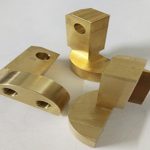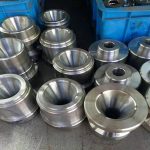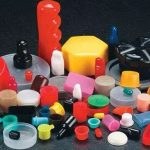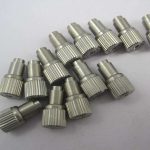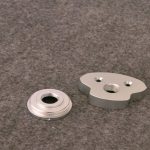When we think of metal, we have a clear picture in our minds: we think of solid, non-breakable, conductive, and typical metallic luster objects. The behavior of classical metals, such as their electrical conductivity, can be explained by well-known and tried-and-tested physical theories.
But there are also some peculiar metal compounds that are puzzling: some alloys are hard and fragile, and special metal oxides can be transparent. There are even some materials at the boundary between metal and insulator: a small change in chemical composition turns the metal into an insulator, and vice versa. In these materials, metallic states with extremely poor conductivity will appear; these are called “bad metals”. So far, these “bad metals” seem to be unable to be explained by traditional theories at all. New measurements now show that these metals are not so “bad” after all. After careful observation, their behavior is fully in line with our understanding of metals.
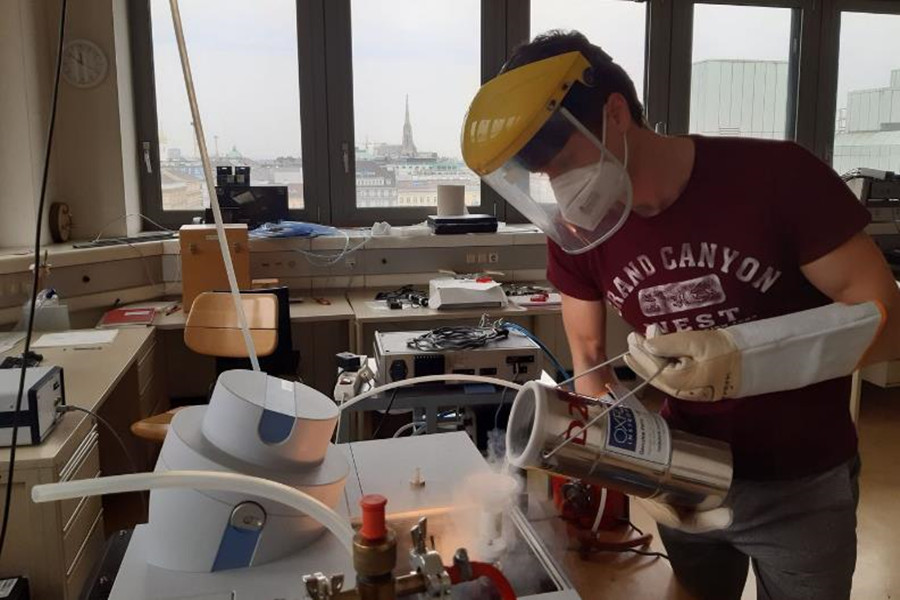
Professor Andrej Pustogow and his research team from the Duvien Institute of Solid State Physics in Vienna are conducting research on special metal materials, small crystals specially cultivated in the laboratory. Pustogow said that these crystals have metallic properties, but if you slightly change their composition, we will suddenly encounter an insulator that no longer conducts electricity, which is as transparent as glass at certain frequencies.
At this transition point, people will encounter an unusual phenomenon: the resistance of the metal becomes very large. In fact, it is greater than the limit reached by traditional theories. Andrei Pustoga explained that resistance is related to the mutual scattering of electrons or scattering on the atoms of the material. According to this view, if electrons are scattered on each atom in the process of passing through the material, then the greatest resistance will be generated. After all, there is nothing between an atom and its neighbors to take electrons from its path. Throw it away. But this rule does not seem to apply to so-called “bad metals”: they show a much higher resistance than the model allows.
It all depends on frequency
The key to solving this problem is that the properties of the material are frequency dependent. If you just measure resistance by applying a DC voltage, you can only get a number, zero-frequency resistance, says Andrej Pustogow. On the other hand, we use light waves of different frequencies for optical measurements.
This shows that “bad metals” are not so “bad”: at low frequencies, they hardly conduct electricity, but at high frequencies, they behave in line with people’s expectations of metals. The research team believes that small amounts of impurities or defects in the material may be the reason why the metal at the boundary of the insulator cannot be adequately shielded. These defects can cause certain areas of the crystal to no longer conduct electricity because the electrons there stay in specific locations instead of passing through the material. If a DC voltage is applied to the material so that electrons can move from one end of the crystal to the other, in fact, every electron will eventually reach such an insulating region, and current can hardly flow.
On the other hand, at high AC frequencies, each electron is continuously moving back and forth, and it does not cover a long distance in the crystal because it changes direction all the time. This means that in this case, many electrons are not even in contact with an insulating area in the crystal.
Our research results show that spectroscopy is a very important tool that can answer basic questions in solid-state physics. Andrej Pustogow added that many observations that previously believed that novel models must be developed can be very useful if they are fully expanded. Use existing theories to explain it well. Our measurement method shows where we need to increase. In the early research, Professor Pustogow and his international colleagues used spectroscopic methods to gain an important understanding of the boundary region between metals and insulators, thus establishing a theoretical basis.
The metal behavior of materials affected by the strong correlation between electrons is also particularly related to the so-called “unconventional superconductivity”. This phenomenon was discovered half a century ago, but it is still not fully understood.
Link to this article: Why certain metals do not follow the effective rules
Reprint Statement: If there are no special instructions, all articles on this site are original. Please indicate the source for reprinting:https://www.cncmachiningptj.com/,thanks!
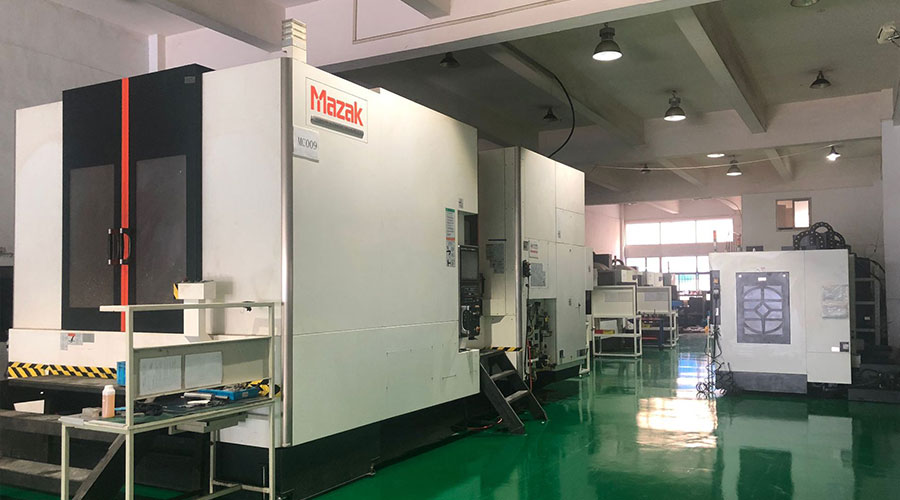 PTJ® provides a full range of Custom Precision cnc machining china services.ISO 9001:2015 &AS-9100 certified. Large scale machining Manufacturer of medical bags, providing 3D design, prototype and global delivery services. Also offering hard cases, semi-hard EVA, soft-sewn cases, pouches and more for OEMs. All cases are made custom according to specifications with infinite combinations of materials, molds, pockets, loops, zippers, handles, logos and accessories. Shockproof, water-resistant and eco-friendly options. Medical parts, emergency response, Electronic parts, corporate, education, military, security, sports, outdoors and construction industries. Services include case concept consultation, 3D design, prototyping,rototyping,CNC Drilling Services and manufacturing.Tell us a little about your project’s budget and expected delivery time. We will strategize with you to provide the most cost-effective services to help you reach your target,You are welcome to contact us directly ( [email protected] ) .
PTJ® provides a full range of Custom Precision cnc machining china services.ISO 9001:2015 &AS-9100 certified. Large scale machining Manufacturer of medical bags, providing 3D design, prototype and global delivery services. Also offering hard cases, semi-hard EVA, soft-sewn cases, pouches and more for OEMs. All cases are made custom according to specifications with infinite combinations of materials, molds, pockets, loops, zippers, handles, logos and accessories. Shockproof, water-resistant and eco-friendly options. Medical parts, emergency response, Electronic parts, corporate, education, military, security, sports, outdoors and construction industries. Services include case concept consultation, 3D design, prototyping,rototyping,CNC Drilling Services and manufacturing.Tell us a little about your project’s budget and expected delivery time. We will strategize with you to provide the most cost-effective services to help you reach your target,You are welcome to contact us directly ( [email protected] ) .
Link to this article:Why certain metals do not follow the effective rules
Reprint Statement: If there are no special instructions, all articles on this site are original. Please indicate the source for reprinting:Tungusten,Thanks!^^


